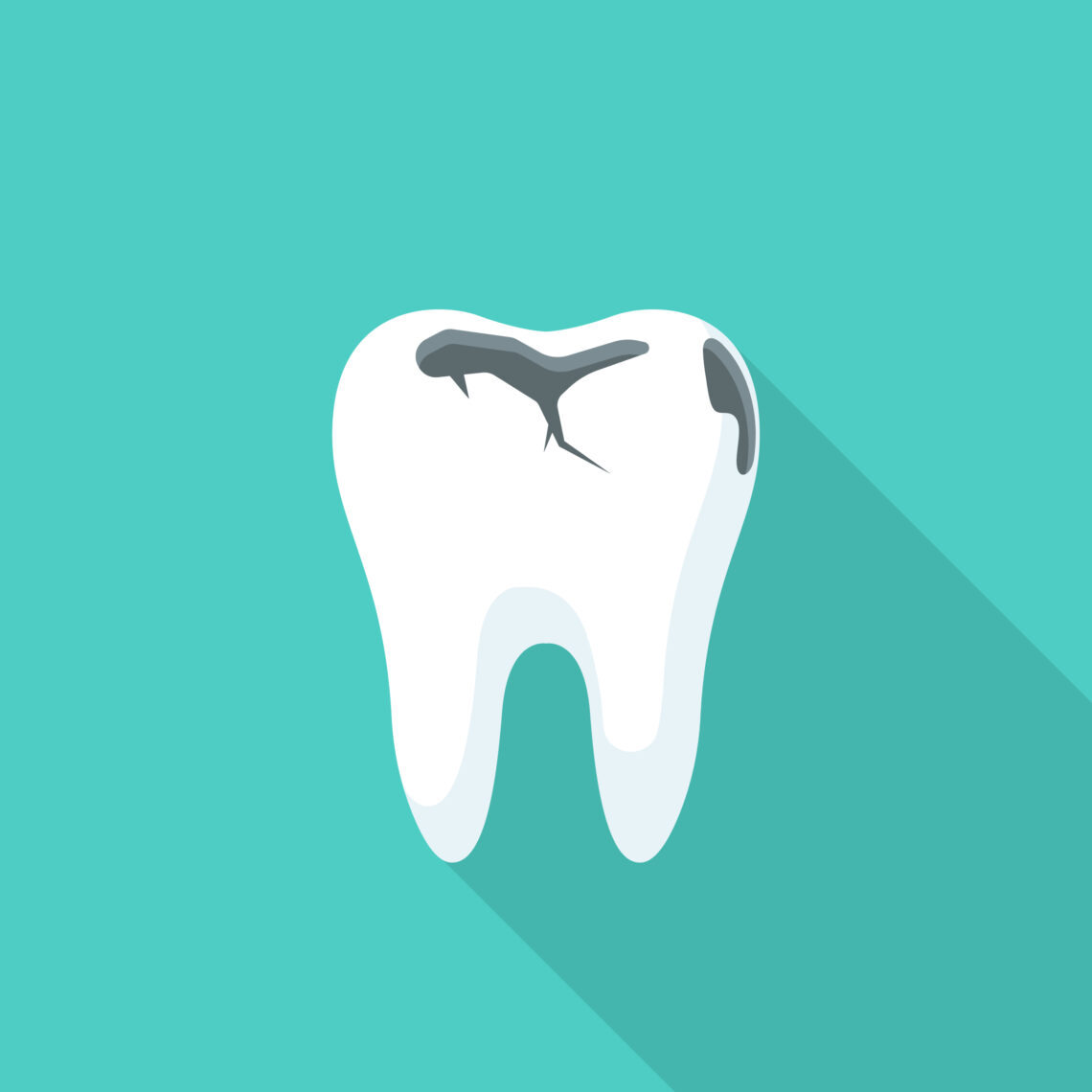
Occlusion refers to the alignment of the teeth, and malocclusion means poor alignment or misalignment. When applied to teeth, malocclusion generally refers to the bite, or how the top teeth and bottom teeth fit together.
Mild tooth malocclusion may cause aesthetic issues but no serious problems, while more severe tooth malocclusion requires treatment and intervention. Allowing a serious issue to go untreated can mean problems with chewing, jaw pain, and headaches.
In most cases, orthodontic care is recommended. In other cases, especially if the malocclusion is caused by the shape of the jaw or tooth loss, other treatments may be recommended.
What Is Tooth Malocclusion?
There are three types of tooth malocclusion, or three main categories that may define the issue of misalignment in the teeth.
In type 1, the teeth generally have an abnormal arch, while type 2 indicates that the lower front teeth are pointed in toward the back of the mouth. Type 3 generally means that the upper arch is off, and the upper teeth are angled back in toward the back of the mouth.
Can Tooth Malocclusion Be Caused by Tooth Loss?
It is possible that misalignment of the teeth can occur when a tooth is lost, especially if the tooth is not replaced and the structure of the jaw begins to deteriorate or change as a result, or if teeth shift as they fill in the gap left behind.
Tooth malocclusion can also be caused by overcrowding of teeth, oversized teeth, and repetitive oral habits that change the shape of the bite over time, like thumb sucking.
Can Malocclusion Occur After Wisdom Tooth Extraction?
No, this is unlikely since wisdom teeth are usually only removed if there is overcrowding and their eruption would cause crowding in the mouth.
Can Untreated Malocclusion Lead to Tooth Decay?
Yes, it is possible. If tooth malocclusion is severe and untreated, especially if it is caused by tooth loss, tooth decay can develop.
In these conditions, it is also possible to develop other significant mouth issues that will require intensive treatment, including gum disease, jaw pain, or chipped and cracked teeth.
The recommended treatment will depend on what caused the tooth malocclusion and what has resulted over time without treatment. In most cases, if caught in the early stages, tooth malocclusion can be treated simply, most often with orthodontics.
Treat Tooth Malocclusion at Dison Family Dentistry
There is quite a bit to know about the different types of tooth malocclusion, especially if your case is not caused by a simple bite misalignment. Contact Dison Family Dentistry today to learn more about what might be causing your issues with tooth malocclusion and available treatment options.
